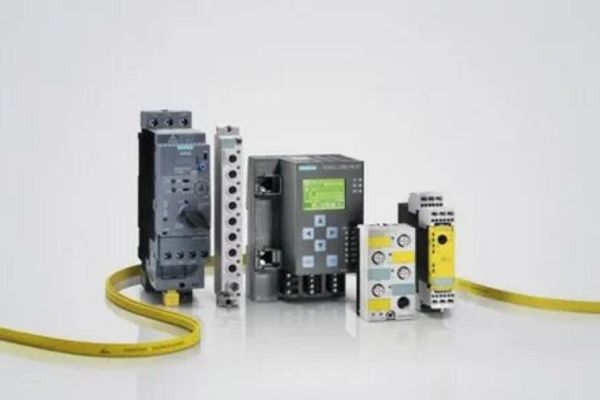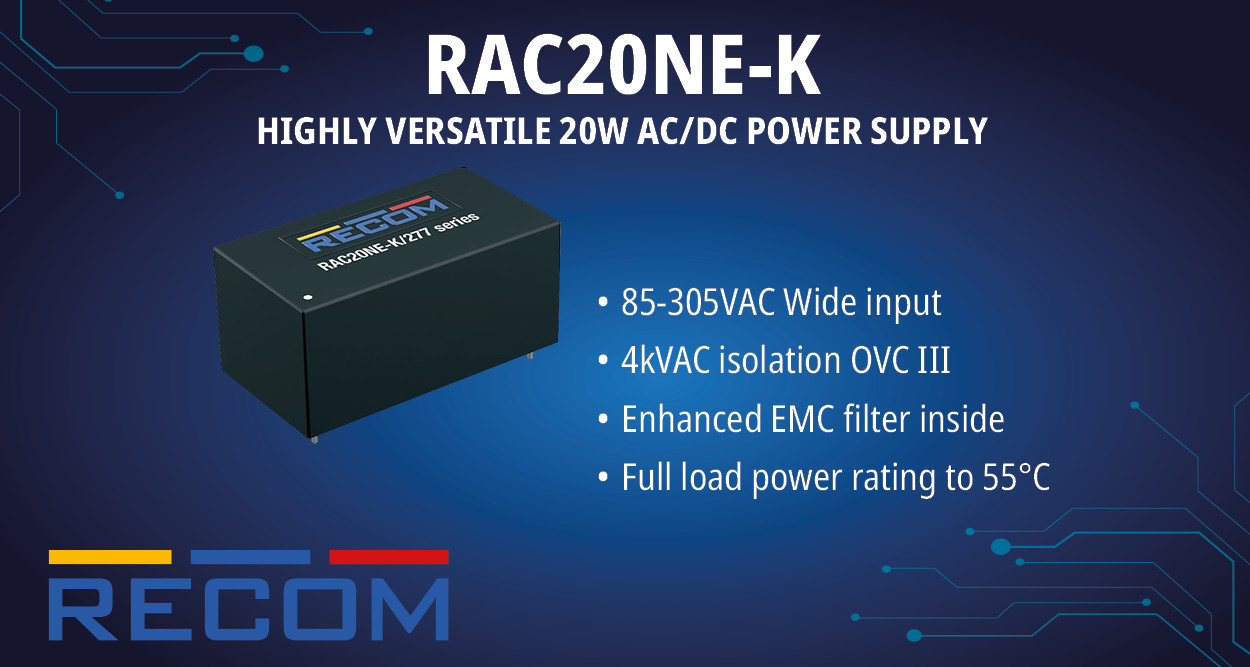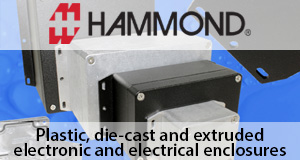As industries transition toward smart factories and digital manufacturing, the Actuator Sensor Interface Market has emerged as a critical enabler of automation and real-time communication. AS-Interface (AS-i) technology, known for its simplicity, cost-efficiency, and plug-and-play architecture, is becoming increasingly popular among manufacturers looking to optimize production processes.
According to Persistence Market Research, the market is poised for strong growth, backed by global demand for seamless sensor-actuator integration. This blog highlights the top trends shaping the future of the global Actuator Sensor Interface Market, emphasizing how AS-Interface is redefining industrial automation worldwide.
Rising Demand for Automation Driving the Actuator Sensor Interface Market
One of the most influential trends shaping the future of the Actuator Sensor Interface Market is the growing adoption of automation across industries. As factories aim to improve productivity, reduce human error, and lower labor costs, automation is becoming central to operations. AS-Interface provides a fast, reliable way to connect sensors and actuators, particularly in modular systems, making it essential to next-generation automation initiatives.
How AS-Interface Supports Industry 4.0 and Smart Manufacturing
A significant trend driving the evolution of the market is its alignment with Industry 4.0 goals. AS-Interface facilitates smart manufacturing by supporting distributed control systems and seamless data sharing between field devices and supervisory systems. Its integration into smart factory ecosystems allows for real-time monitoring, predictive maintenance, and adaptive production—key components of future-ready manufacturing environments.
Top Benefits of Using AS-Interface in Industrial Automation Systems
A major reason the market is expanding is due to the tangible benefits AS-Interface offers. The technology reduces installation time and costs, enables quick fault detection, and allows devices to be added without system disruption. As these benefits become more apparent, especially for cost-sensitive sectors, AS-Interface adoption is expected to increase significantly—shaping a future focused on lean, efficient automation systems.
Key Applications of Actuator Sensor Interface in Manufacturing and Process Industries
The future of the AS-Interface market is being shaped by its growing use across industries. From automotive manufacturing to food processing and pharmaceuticals, AS-Interface is being used to streamline operations. As demand for flexible, hygienic, and high-speed production grows, the range of AS-Interface applications will continue to expand, solidifying its role in diverse industrial environments.
Why AS-Interface is Replacing Traditional Fieldbus Systems
Another trend transforming the market is the transition from legacy fieldbus systems to AS-Interface. Traditional systems like PROFIBUS and Modbus are being phased out due to their complexity and higher costs. AS-Interface offers a modern, scalable alternative that simplifies wiring and allows both standard and safety modules to operate on the same network—making it a future-ready solution.
Regional Insights: Which Countries Are Leading AS-Interface Adoption?
The future trajectory of the Actuator Sensor Interface Market is being significantly influenced by regional adoption trends. Countries like Germany, Japan, China, and the U.S. are leading the charge in AS-Interface integration due to their commitment to smart manufacturing. As emerging economies like India, Brazil, and Mexico ramp up automation investments, regional growth patterns will become more prominent contributors to market expansion.
Actuator Sensor Interface vs. PROFIBUS and Modbus: A Competitive Comparison
A critical trend influencing future decisions is the comparative evaluation of AS-Interface with traditional protocols. While PROFIBUS and Modbus offer proven performance, AS-Interface is being favored for its ease of use, cost-effectiveness, and flexibility. This growing preference for AS-i is steering market dynamics and informing future investment strategies among manufacturers.
Market Forecast: Growth Outlook for AS-Interface Technology by 2030
Looking ahead, the market is expected to grow steadily through 2030 and beyond. As per projections by Persistence Market Research, demand will be fueled by smart factory initiatives, rising labor costs, and pressure to improve operational efficiency. Companies that adopt AS-Interface early are expected to gain a competitive edge, indicating a strong long-term outlook for the technology.
Emerging Opportunities in the Wireless Actuator Sensor Interface Space
Among the most exciting trends is the emergence of wireless AS-Interface solutions. While still in development, these solutions promise to enable communication in environments where wiring is impractical—such as moving parts, AGVs, or rotating machinery. Wireless capabilities could drastically increase deployment flexibility and open new markets, making this a game-changing trend for the future.
Challenges and Restraints Hindering AS-Interface Market Expansion
While the future looks promising, the market must overcome certain challenges. These include integration difficulties with legacy infrastructure, limited speed compared to Ethernet-based solutions, and low awareness in some regions. Addressing these constraints through innovation and education will be key to unlocking the full potential of the AS-Interface in years to come.
The Actuator Sensor Interface Market stands at a pivotal point as it becomes a cornerstone of digital transformation in industry. Trends like automation growth, wireless technology adoption, and the shift toward smart factories are actively shaping its future. With benefits like low installation cost, system scalability, and compatibility with Industry 4.0 principles, AS-Interface is uniquely positioned to meet the evolving needs of global manufacturing.
Supported by ongoing innovation and strategic investments, the future of AS-Interface is bright. As highlighted by Persistence Market Research, forward-thinking companies that embrace this technology today are likely to lead the charge in tomorrow’s intelligent, connected, and efficient industrial world.
















